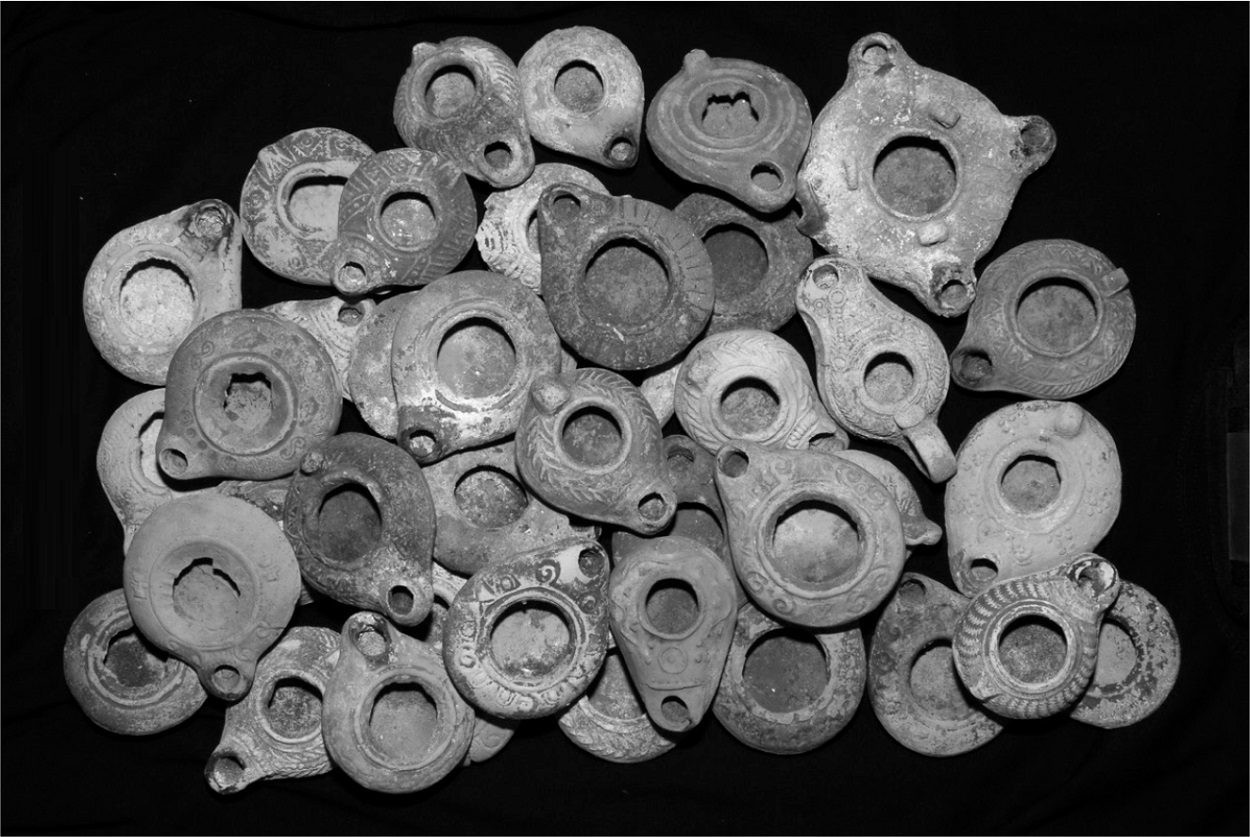The discovery of oil lamps, weapons, and human skulls, suggest that Te’omim Cave was used for necromancy ceremonies during the Late Roman Period.
Te’omim Cave, also known as Mŭghâret Umm et Tûeimîn (“the cave of the mother of twins”), is a cave complex in Israel’s Jerusalem Hills east of Beit Shemesh.
Oral tradition has long attributed the cave’s spring waters to have magical healing properties and powers of fertility due to a 19th century legend, where an infertile woman drank waters from the cave and became pregnant with twins.
The cave was first studied in 1873, with more recent studies since 2009 uncovering over 120 intact oil lamps that date from the 2nd to 4th century AD. All the oil lamps were deliberately deposited into narrow crevices in the cave walls and beneath piles of rubble, while some of the crevices also contained groups of weapons and human skulls.
According to a study published in the journal Cambridge Core, the artefact deposits were used for necromancy ceremonies that took place in the cave during the Late Roman period, and that the cave may have served as a local oracle for the dead (nekyomanteion).
Placing of such finds in cavities was used for sorcery and magic in caves as possible portals to the underworld. Te’omim Cave was consecrated to the local god Tammuz-Adonis and it appears that the cultic traditions and ceremonies practiced there were those of the eastern part of the empire and the Levant.
According to the study: “Their purpose was to predict the future and conjure up the spirits of the dead. Because more than 100 ceramic oil lamps but only three human skulls have been found so far in the Te’omim Cave, we hypothesize that the primary cultic ceremony focused on depositing oil lamps for chthonic forces, perhaps as part of rituals conducted in the cave to raise the dead and predict the future.”
https://doi.org/10.1017/S0017816023000214
Header Image Credit : B. Zissu





